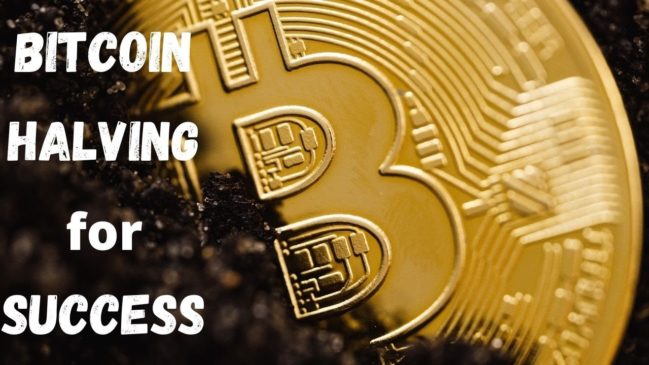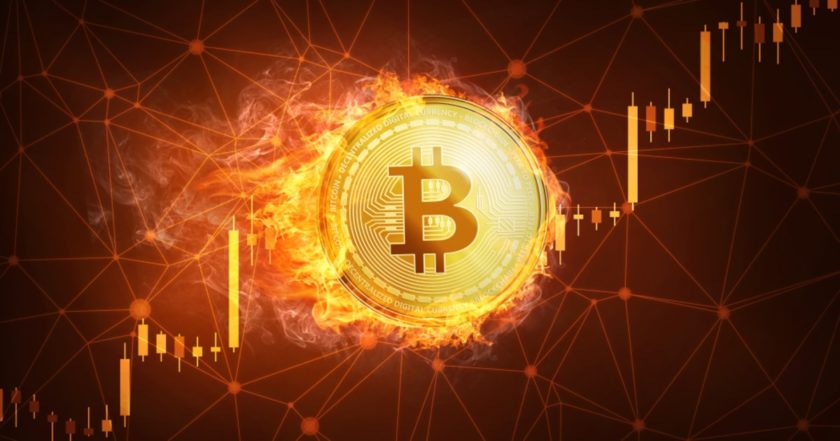▶ Coinbase Website: Coinbase.com
▶ CEX Website: cex.io
SUBSCRIBE for more videos ►
For videos related to BITCOIN… Check our playlist “Finance” ►
Here are the Links for Recommended Videos:
What is Bitcoin
Best Time to Buy Bitcoin
Money Management
What Is a Bitcoin Halving?
Every 210,000 blocks mined, or about every four years, the reward given to Bitcoin miners for processing transactions is cut in half. This cuts in half the rate at which new Bitcoin is released into circulation. This is Bitcoin’s way of using a synthetic form of inflation that halves every four years until all Bitcoin is released and is In Circulation.
This system will continue until the year 2140. At that point, miners will be rewarded with fees for processing transactions that network users will pay. These fees ensure that miners still have the incentive to mine and keep the network going. The idea is that competition for these fees will cause them to remain low after halvings are finished.
The halving is significant because it marks another drop in Bitcoin’s dwindling finite supply. The total maximum supply of Bitcoin is 21 million. At the time of writing, there are about 18,600,000 Bitcoins already in circulation, leaving just about 2,400,000 left to be released via mining rewards.
In 2009, the reward for each block in the chain mined was 50 Bitcoins. After the first halving it was 25, then 12.5, and on May 11th, 2020 it became 6.25 Bitcoins per block. These halvings reduce the rate at which new coins are created and thus lower the available supply. This can cause some implications for investors as other assets with low supply, like gold, can have high demand and push prices higher.
In the past, these Bitcoin halvings have correlated with massive surges in Bitcoin’s price. The first halving, which occurred in November of 2012, saw an increase from about $12 to nearly $1,150 within a year. The second Bitcoin halving occurred in July of 2016. The price at that halving was about $650 and by December 17th, 2017, Bitcoin’s price had soared to nearly $20,000. The price then fell over the course of a year from this peak down to around $3,200, a price nearly 400% higher than its pre-halving price.
The theory of the halving and the chain reaction that it sets off works something like this:
The reward is halved → half the inflation → lower available supply → higher demand → higher price → miners incentive still remains, regardless of smaller rewards, as the value of Bitcoin is increased in the process.
In the event that a halving does not increase demand and price, then miners would have no incentive as the reward for completing transactions would be smaller and the value of Bitcoin would not be high enough. To prevent this, Bitcoin has a process to change the difficulty it takes to get mining rewards, or in other words, the difficulty of mining a transaction. In the event that the reward has been halved and the value of Bitcoin has not increased, the difficulty of mining would be reduced to keep miners incentivized. This means that the quantity of Bitcoin released as a reward is still smaller, but the difficulty of processing a transaction is reduced.
This process has proven successful twice. So far, the result of these halvings has been a ballooning in price followed by a large drop. The crashes that have followed these gains, however, have still maintained prices higher than before these halving events. For example, as mentioned above, the 2017–2018 bubble saw Bitcoin rise to around $20,000, only to fall to around $3,200.4 This is a massive drop, but Bitcoin’s price before the halving was around $650. While this system has worked so far, the halving is typically surrounded by immense speculation, hype, and volatility, and it is unpredictable as to how the market will react to these events in the future.
#BitcoinHalving #BitcoinMining #BeDifferent
▶ Coinbase Website: Coinbase.com
▶ CEX Website: cex.io
Youtube version




